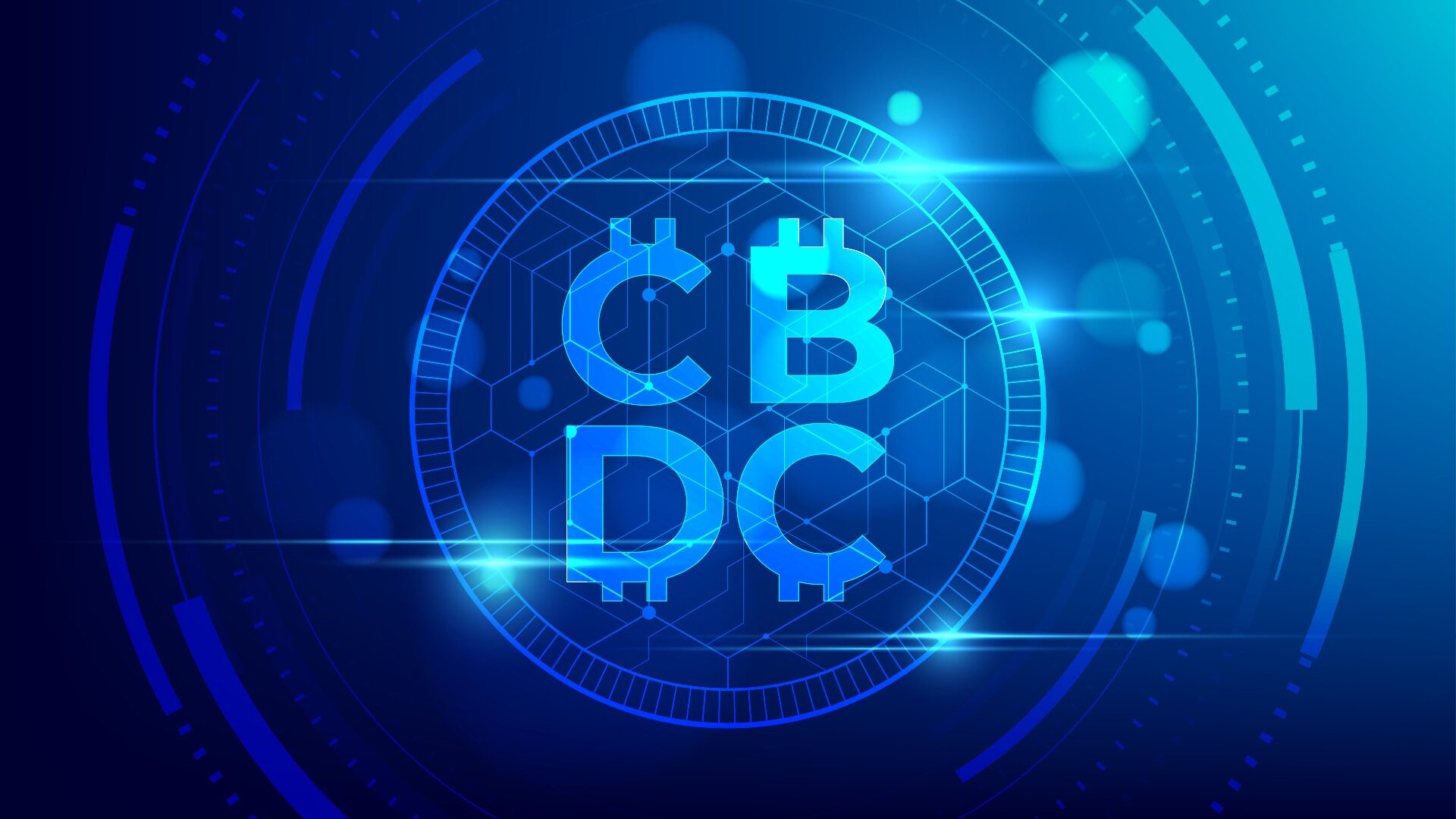The Reserve Bank of India’s (RBI) recent pronouncement by Governor Sanjay Malhotra sends a clear message: cryptocurrencies and stablecoins pose substantial risks to India’s financial stability. As adoption rates climb, the RBI is proactively promoting its own Central Bank Digital Currency (CBDC) and other digital innovations as secure and regulated alternatives. This bold stance aims to safeguard both national interests and consumer welfare in a rapidly evolving monetary landscape.
RBI’s Warning on Cryptocurrency Risks
In a decisive public address, RBI Governor Sanjay Malhotra labeled cryptocurrencies and stablecoins as a “huge risk” to India’s financial stability. He stressed the potential dangers of private digital assets, particularly dollar-backed stablecoins, which he claims could undermine the Indian rupee and influence global monetary dynamics beyond India’s control. As the popularity of these assets grows, Malhotra’s caution serves as a critical reminder of the vulnerabilities inherent in unregulated financial technologies.
Supporting this caution, RBI Deputy Governor T. Rabi Sankar highlighted that unbacked cryptocurrencies lack any real value. He further elaborated that even asset-backed stablecoins can threaten a country’s monetary strength, advocating that such digital assets are “best avoided.” This perspective underlines a broader sentiment within the RBI that prioritizes the integrity of India’s financial system over the allure of new, potentially disruptive technologies.
Promotion of Central Bank Digital Currency
In response to the risks associated with private cryptocurrencies, the RBI is championing the development of its own Central Bank Digital Currency (CBDC). This digital rupee is positioned as a controlled and safer alternative, helping to maintain financial sovereignty without dependence on foreign currencies. Governor Malhotra urged other central banks worldwide to emphasize CBDCs over stablecoins, citing the “huge advantages” they offer in terms of policy oversight and financial integrity.
The RBI is already making strides in this direction, with pilot projects underway for both retail and wholesale CBDCs. Plans are also in motion to expand access to non-bank payment operators such as PhonePe, Google Pay, and Paytm, broadening the impact and utility of the CBDC in Indian markets. This proactive approach not only strengthens India’s financial framework but also positions the country to better navigate international financial systems.
Digital Infrastructure and Innovations
Meanwhile, the RBI is conceptualizing the Unified Market Interface, a cutting-edge financial infrastructure designed to tokenize financial assets and streamline settlements using the wholesale CBDC. This initiative aims to modernize India’s financial markets and enhance operational efficiency within the economy. Governor Malhotra underscored the importance of progressing in this digital landscape, as it represents the future of financial transactions and securities management.
The RBI’s commitment to inclusivity is further illustrated by the proposed Unified Lending Interface (ULI), designed to bridge credit gaps and ensure seamless access to funding. Malhotra pointed out, “ULI is a landmark step in data aggregation, which the RBI is building because credit is the lifeblood of inclusive growth.” Through these innovations, the RBI is striving to create a financial ecosystem that not only accommodates technological advancements but also meets the needs of all segments of society.
Regulatory Outlook and Government Role
The regulatory environment surrounding cryptocurrencies in India remains fluid, as the final decision on their regulation lies with the government. Engaging with a dedicated working group, discussions are ongoing regarding how to best approach the management of these digital assets. This careful deliberation reflects the RBI’s cautious outlook on maintaining financial stability while also acknowledging the need to evolve with technological trends.
At present, punitive taxes on crypto-related gains are in effect, and formal trading between cryptocurrencies and India’s financial system is virtually frozen. Governor Malhotra expressed the RBI’s readiness to adapt to digital innovations such as UPI, emphasizing a supportive stance on fintech advancements while exercising restraint in areas deemed risky. He stated, “Stablecoins, cryptos, they have a huge risk, and so we are adopting a very cautious approach towards it.” This balanced approach aims to protect the Indian public from potential financial shocks while fostering economic growth.
The Digital Future Awaits
As the RBI navigates the complexities of cryptocurrencies and digital innovations, the landscape of finance is poised for transformation. By championing the Central Bank Digital Currency and pushing for robust regulatory frameworks, India is setting itself up as a leader in digital economic policy. Ultimately, the nation’s commitment to innovation, safety, and inclusivity will determine not only the future of its monetary system but also its place in the global economy. As digital assets evolve, so too will the strategies that govern them, making the coming years a pivotal chapter in financial history.





